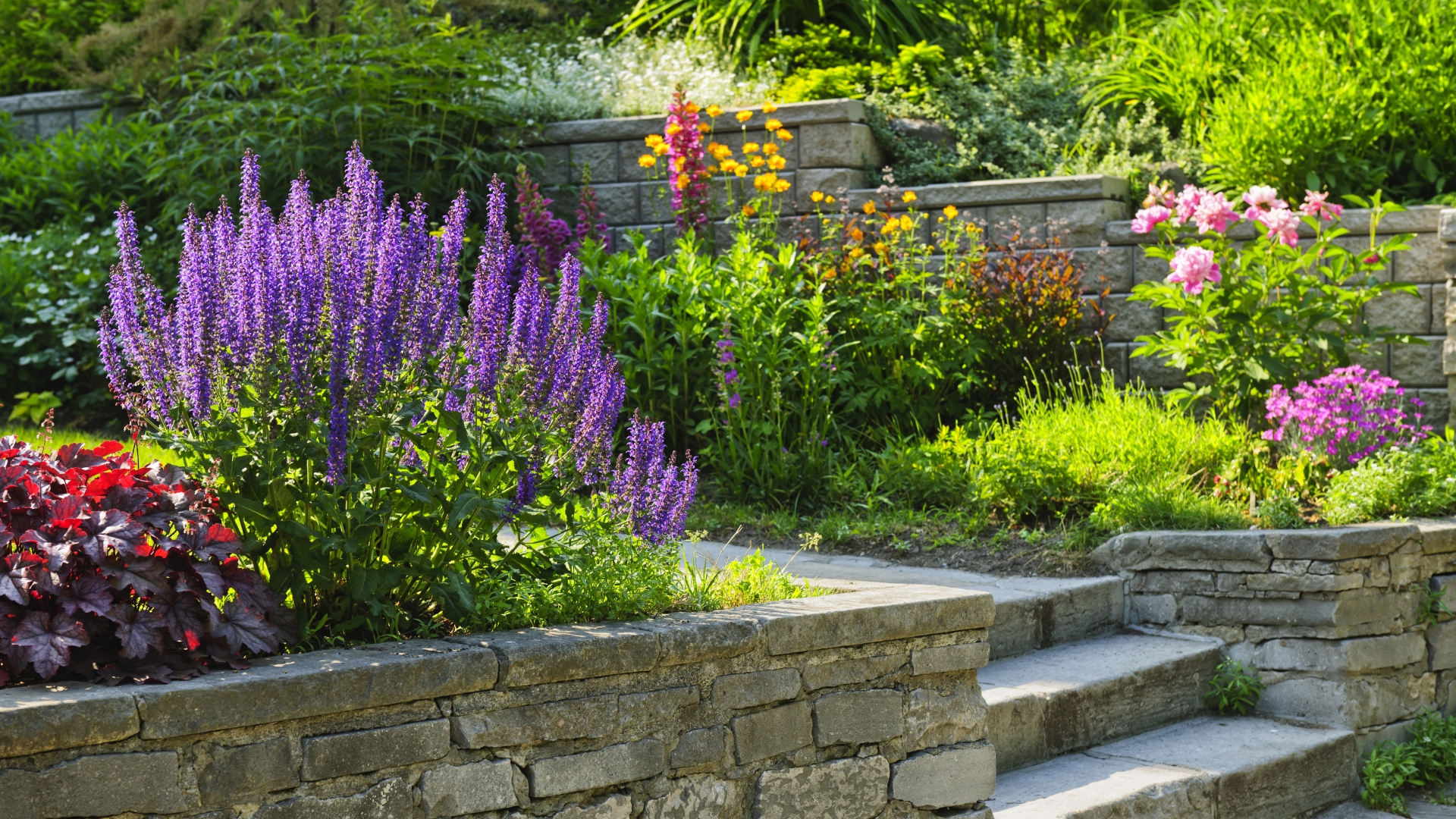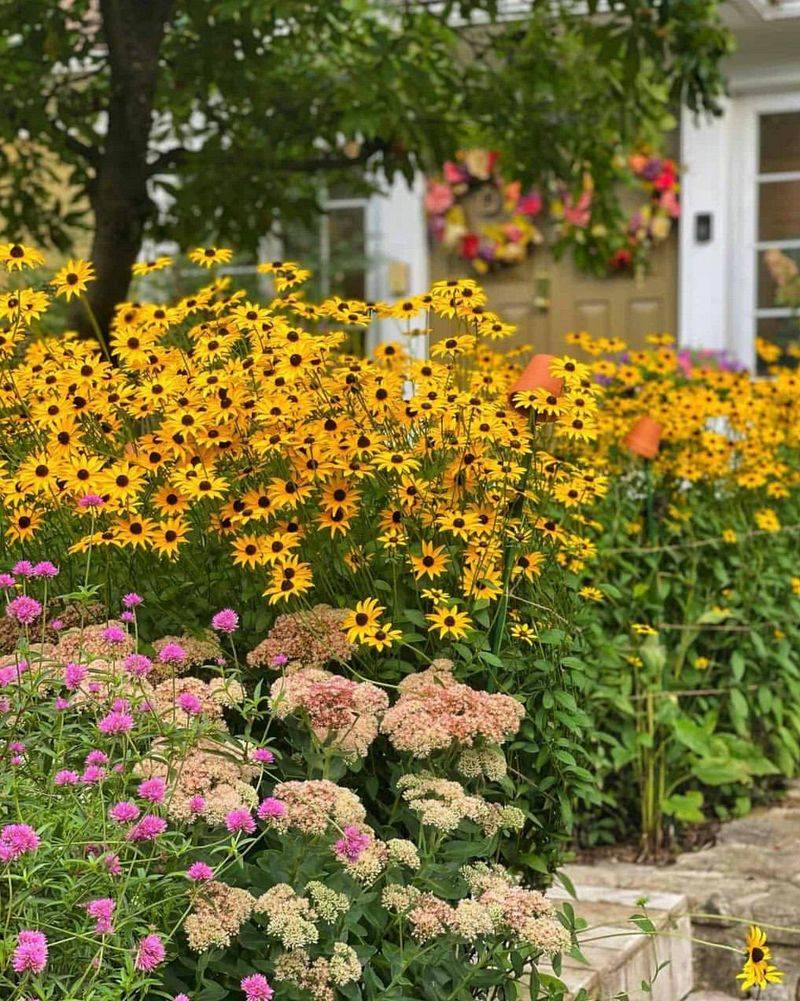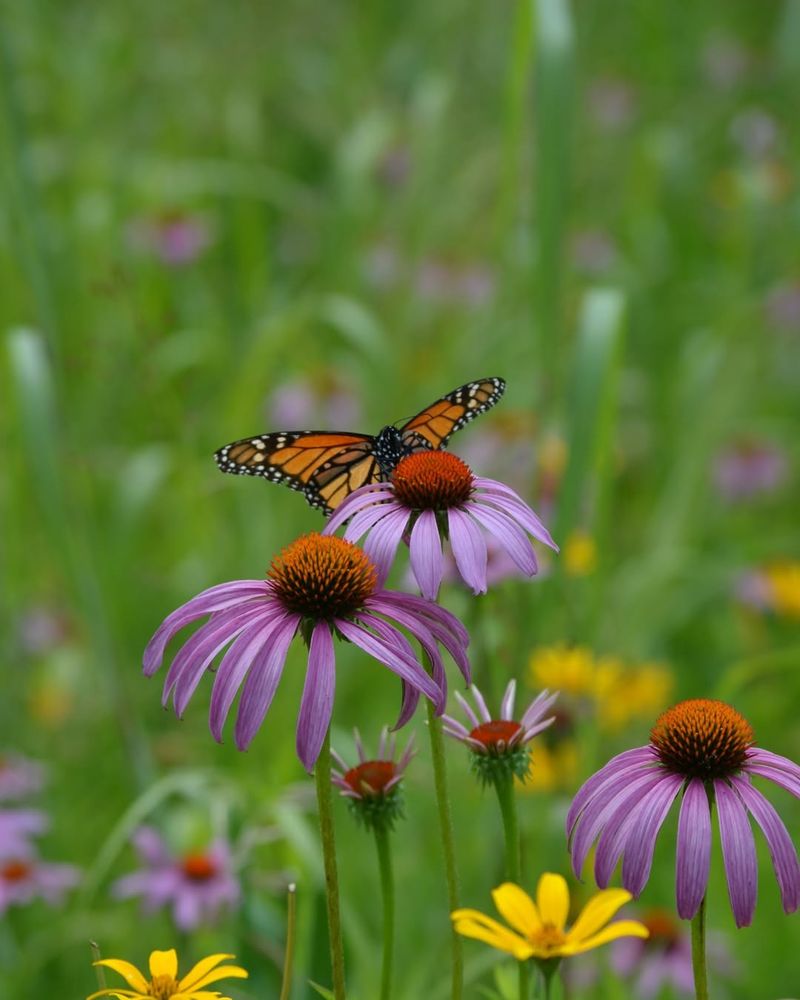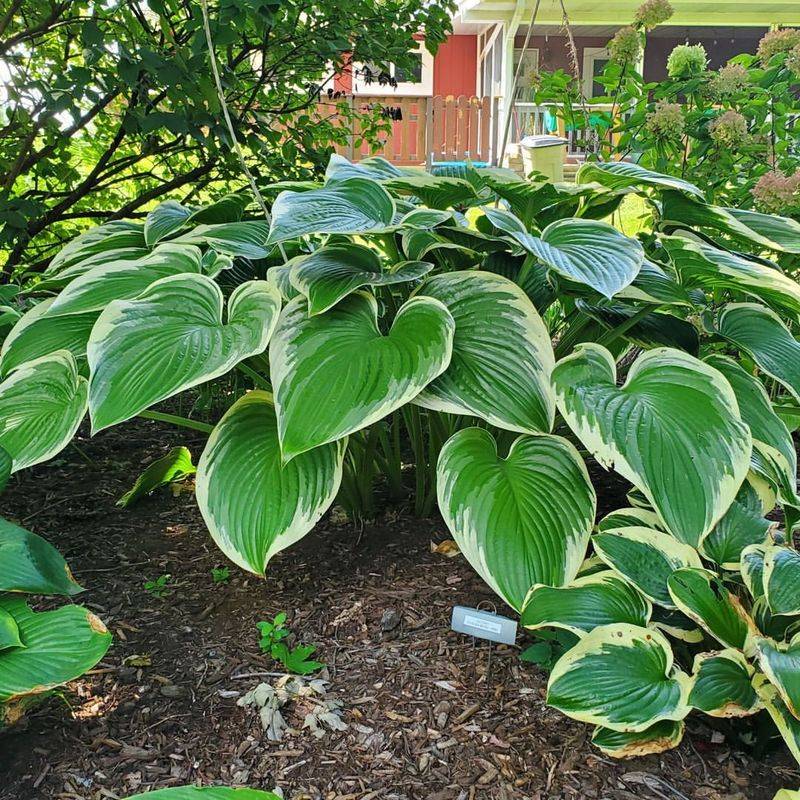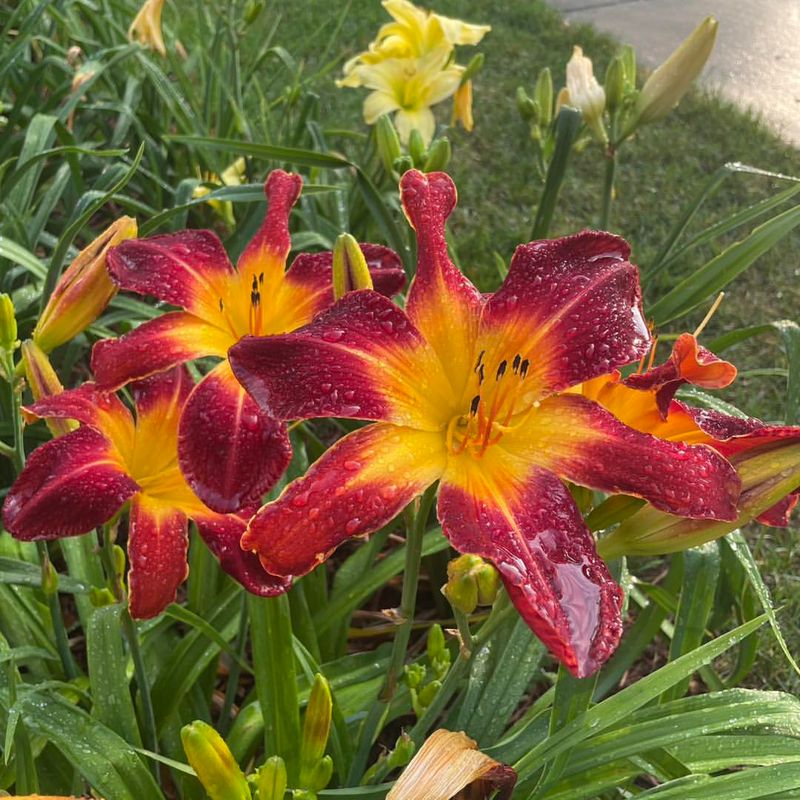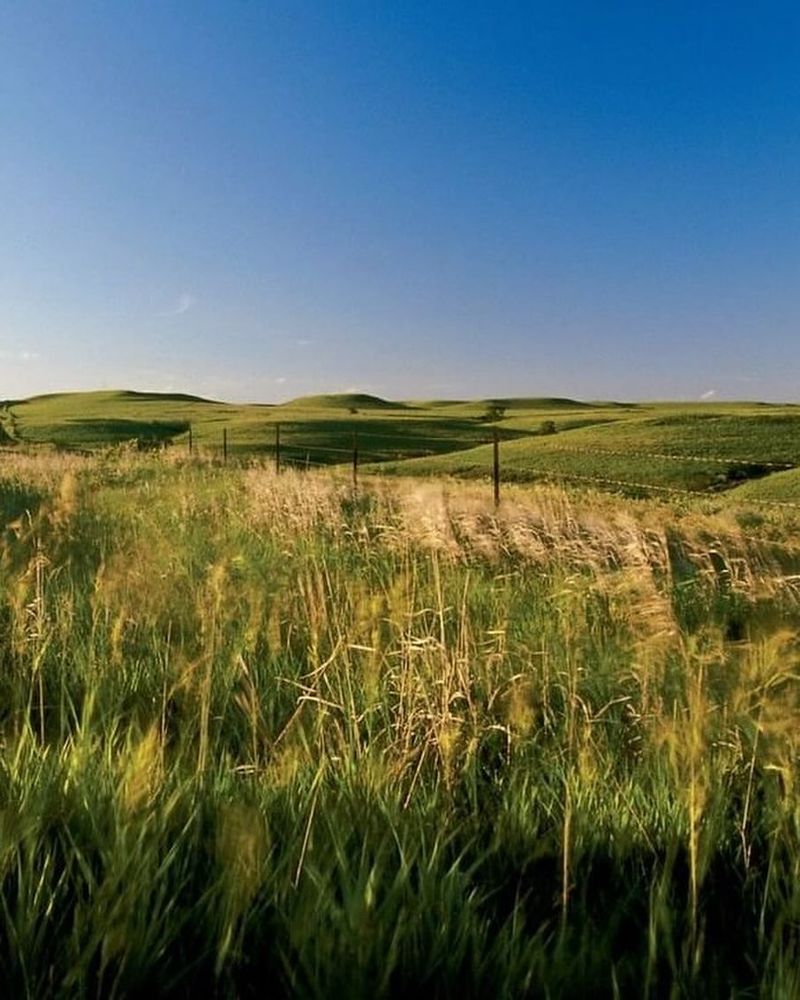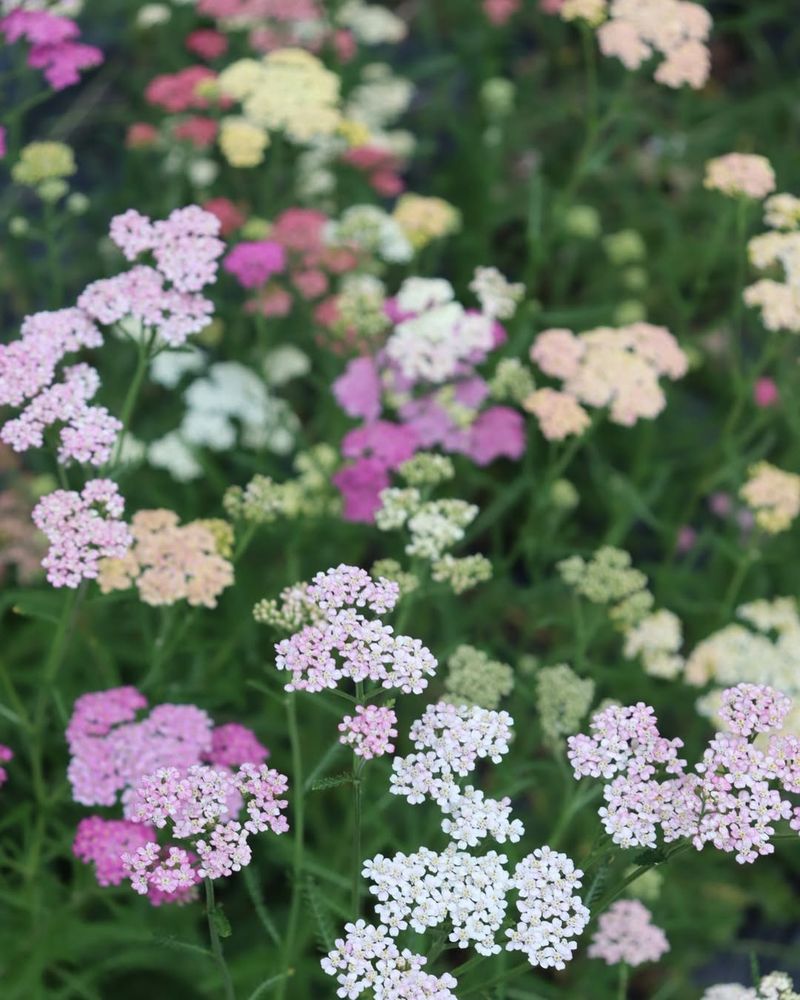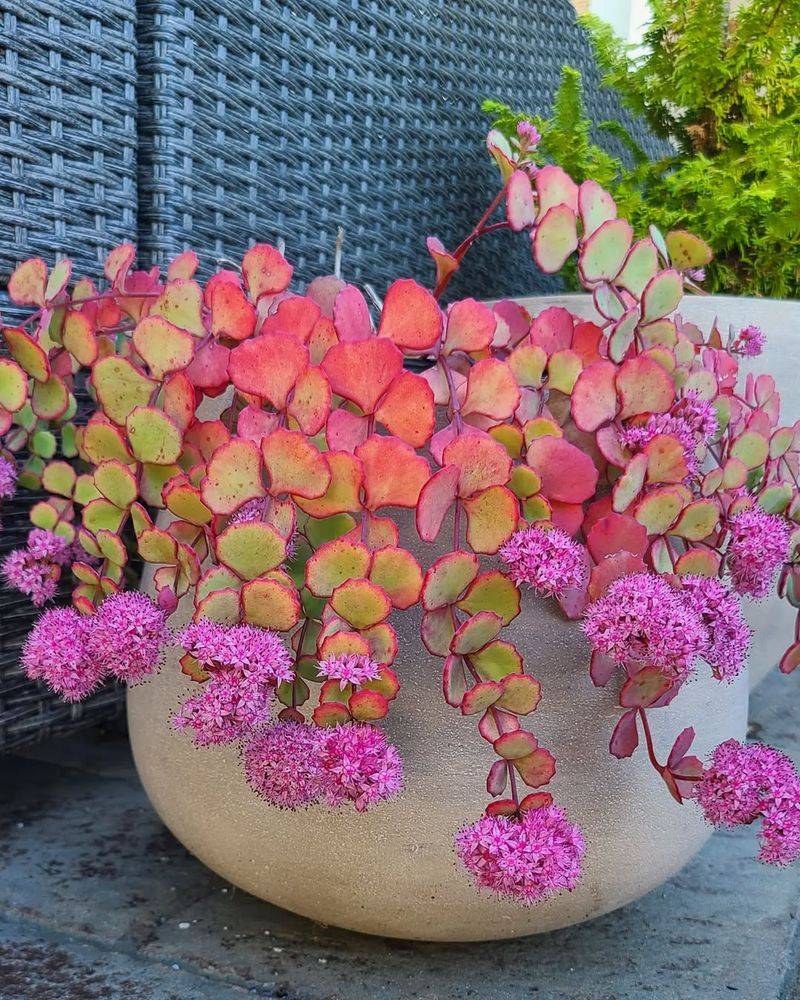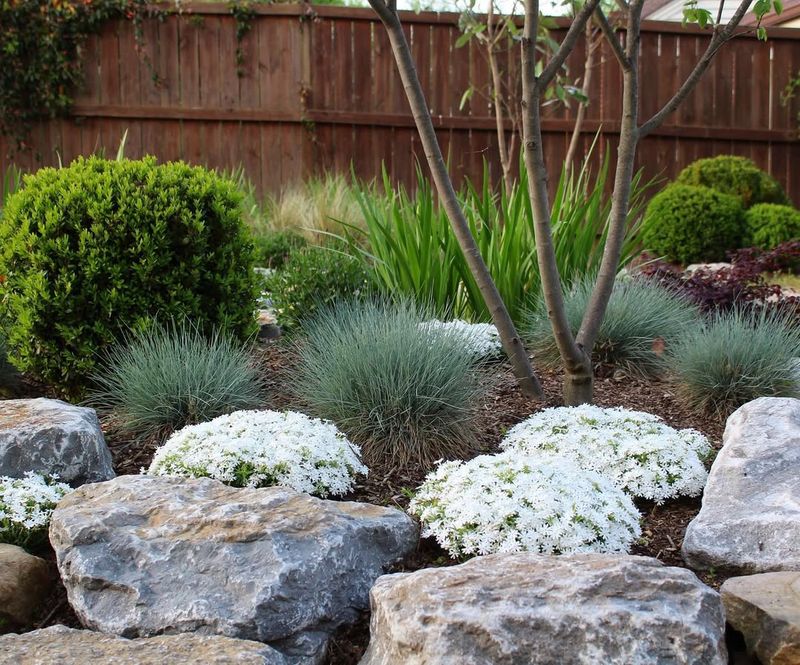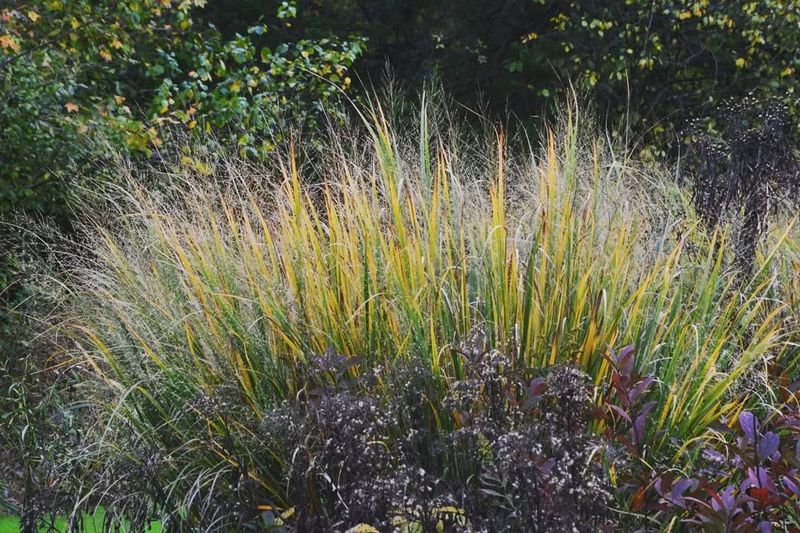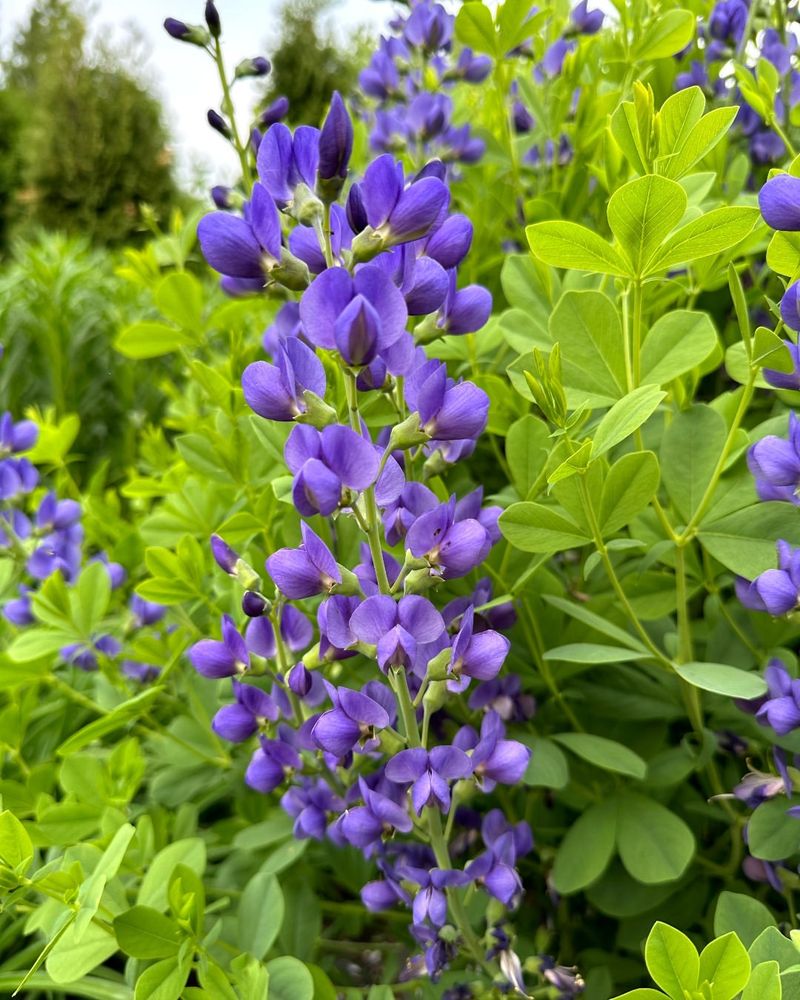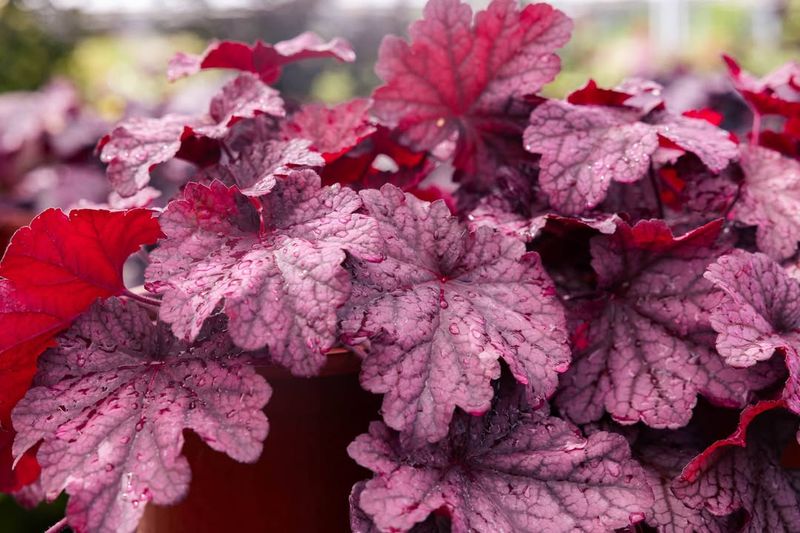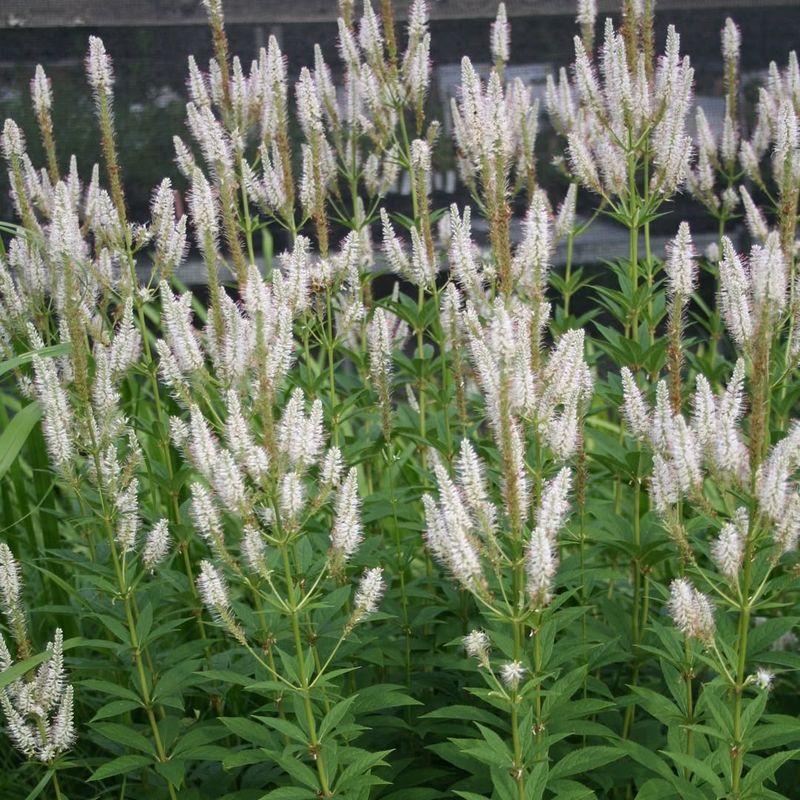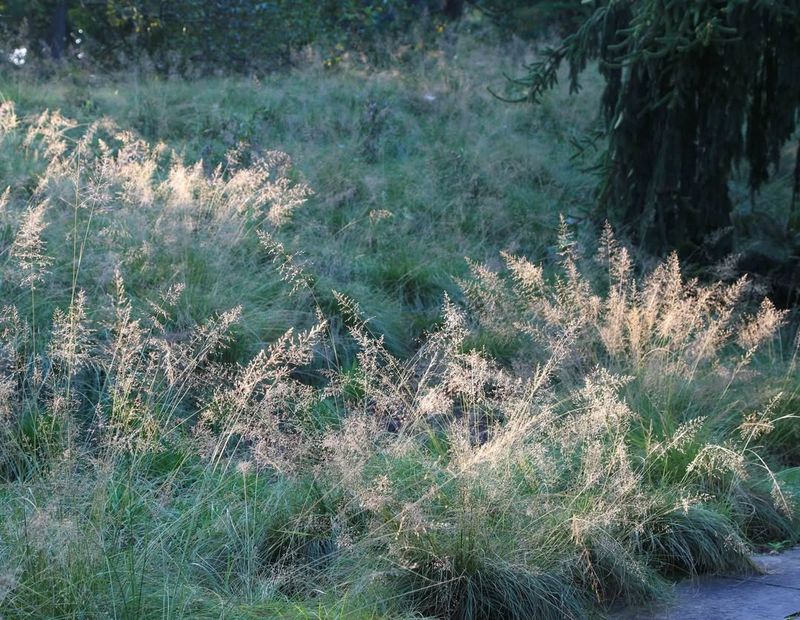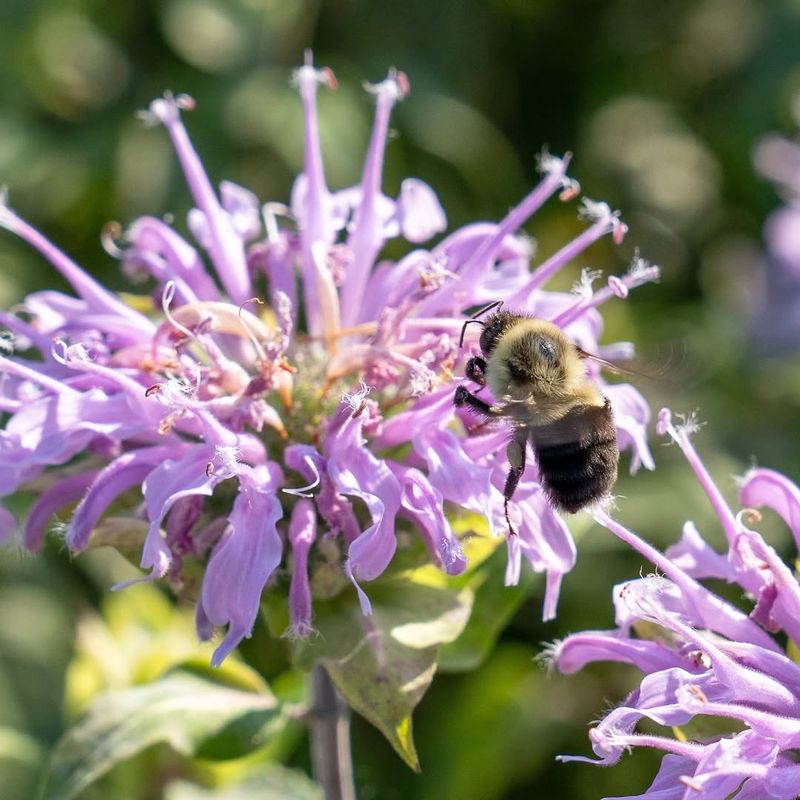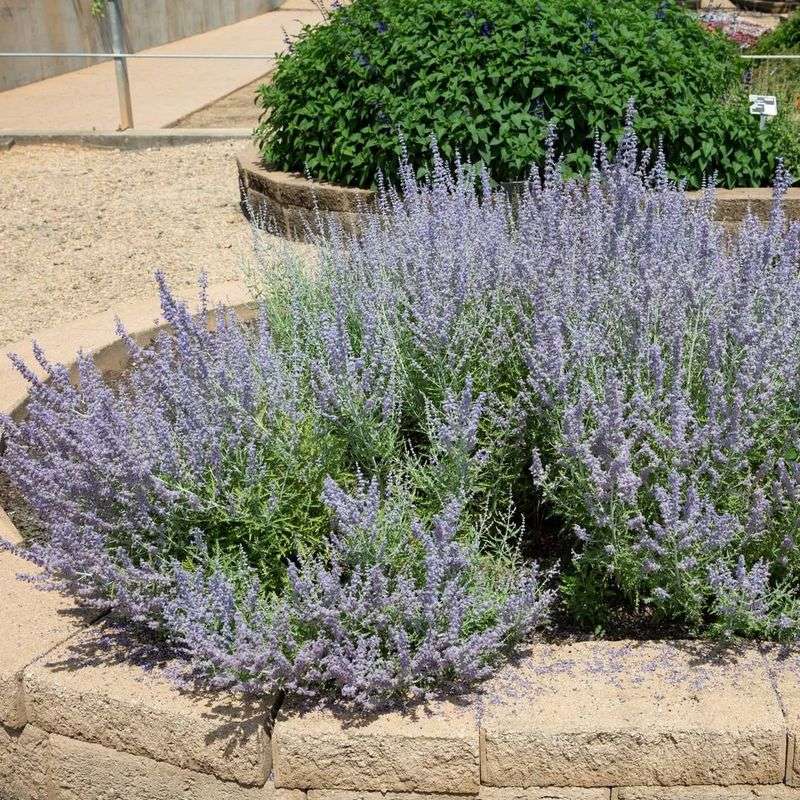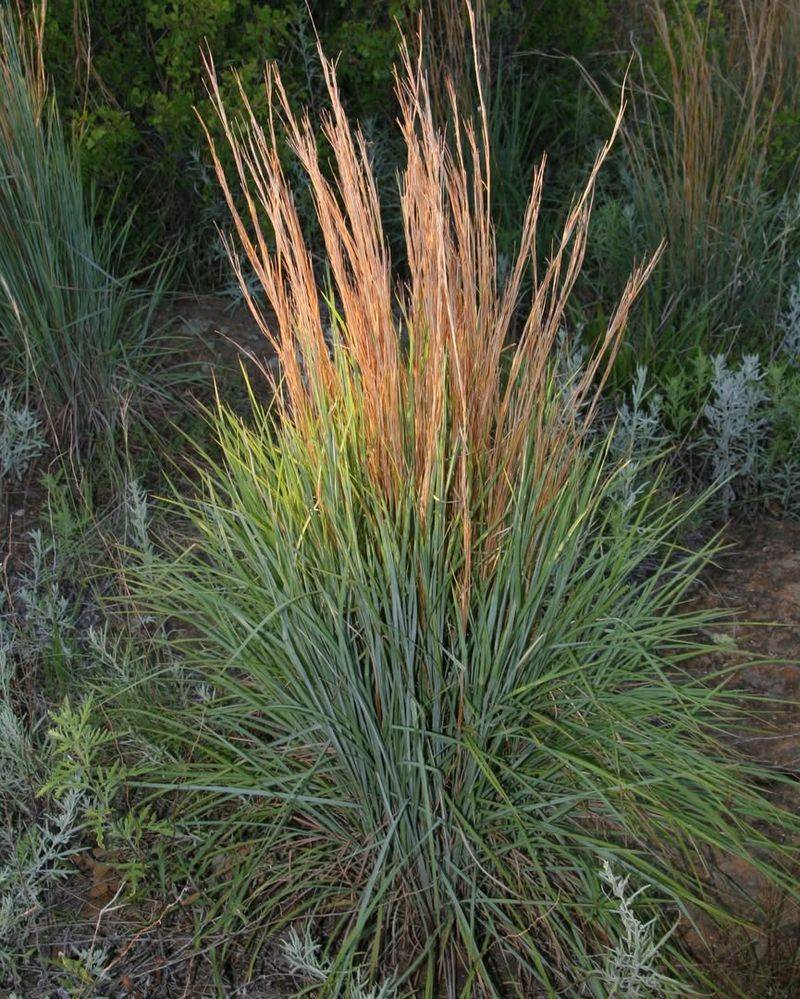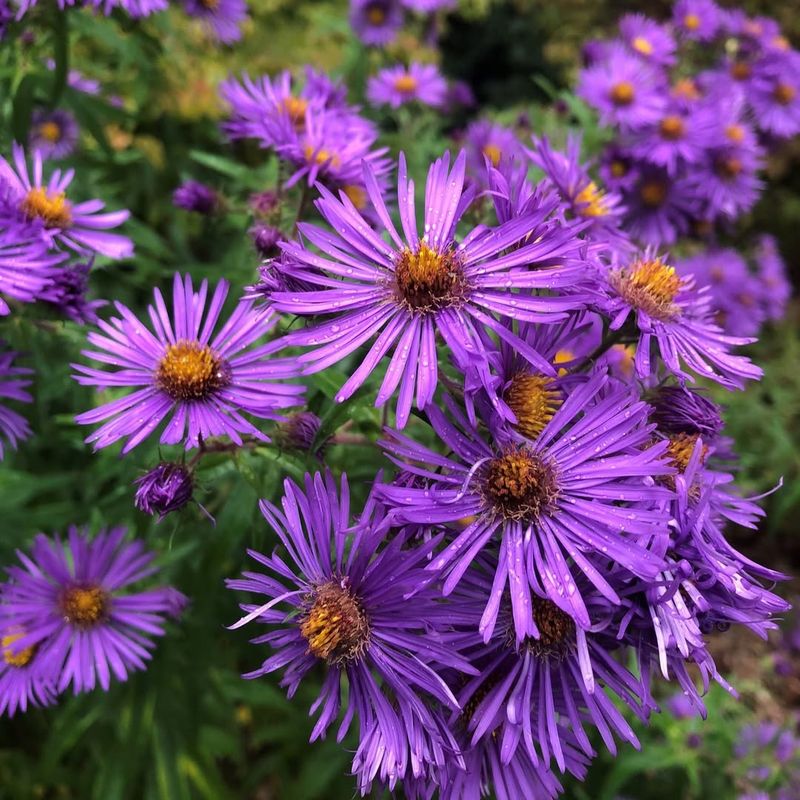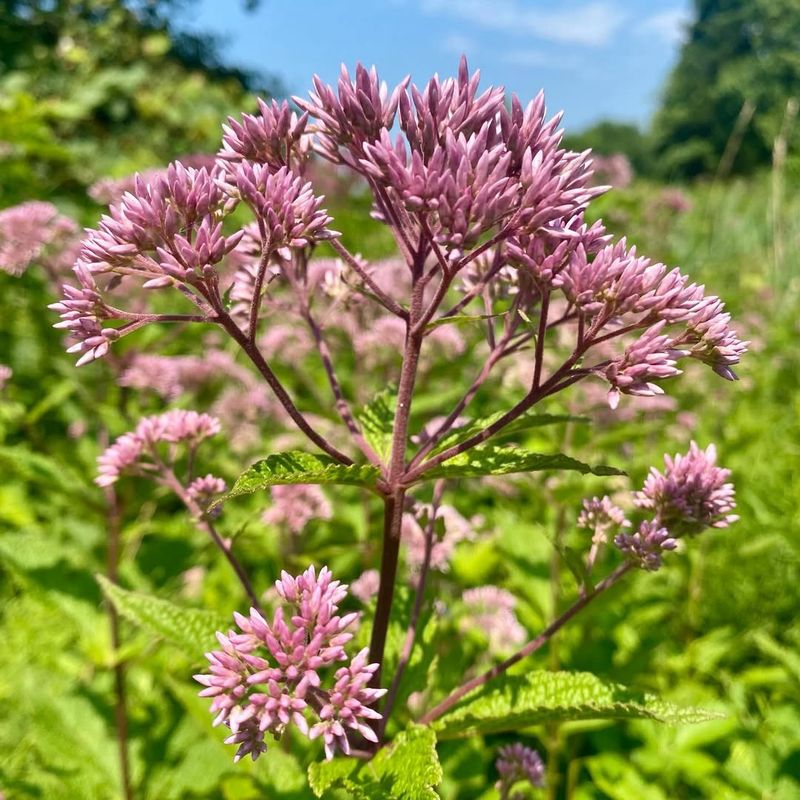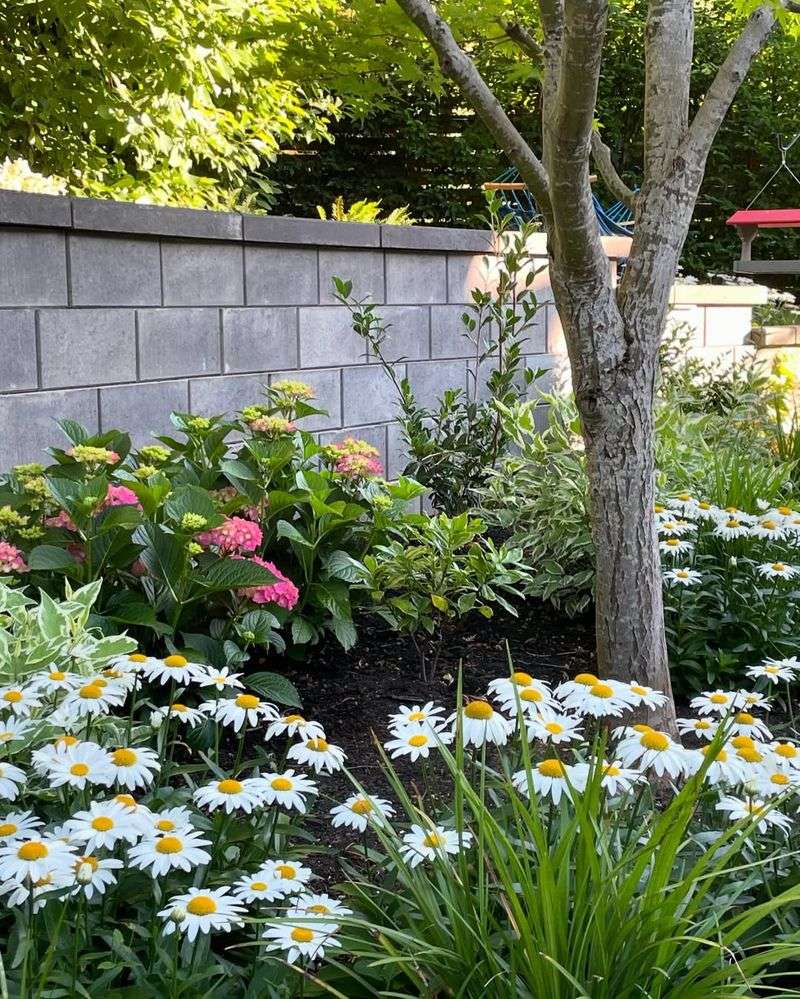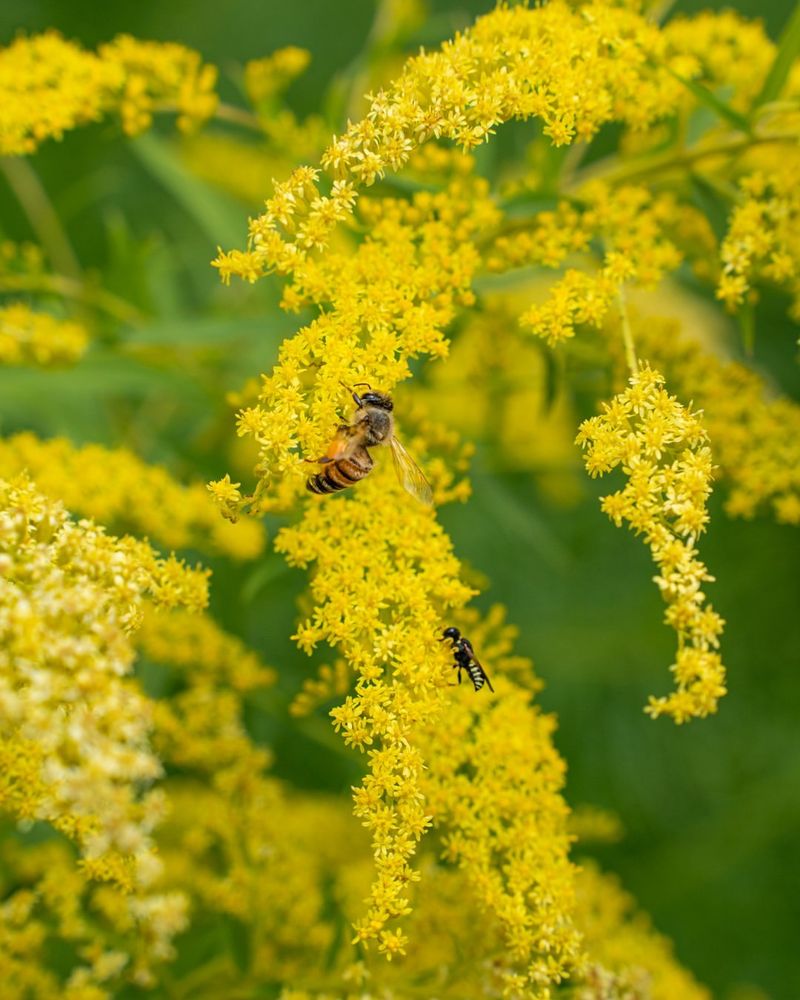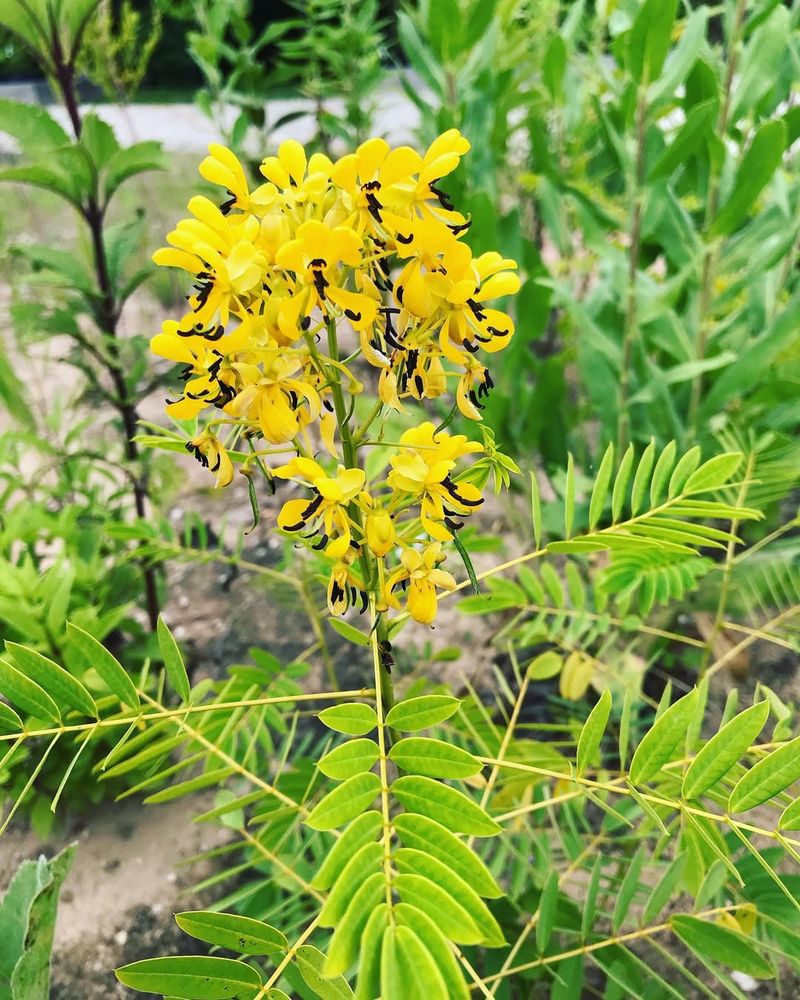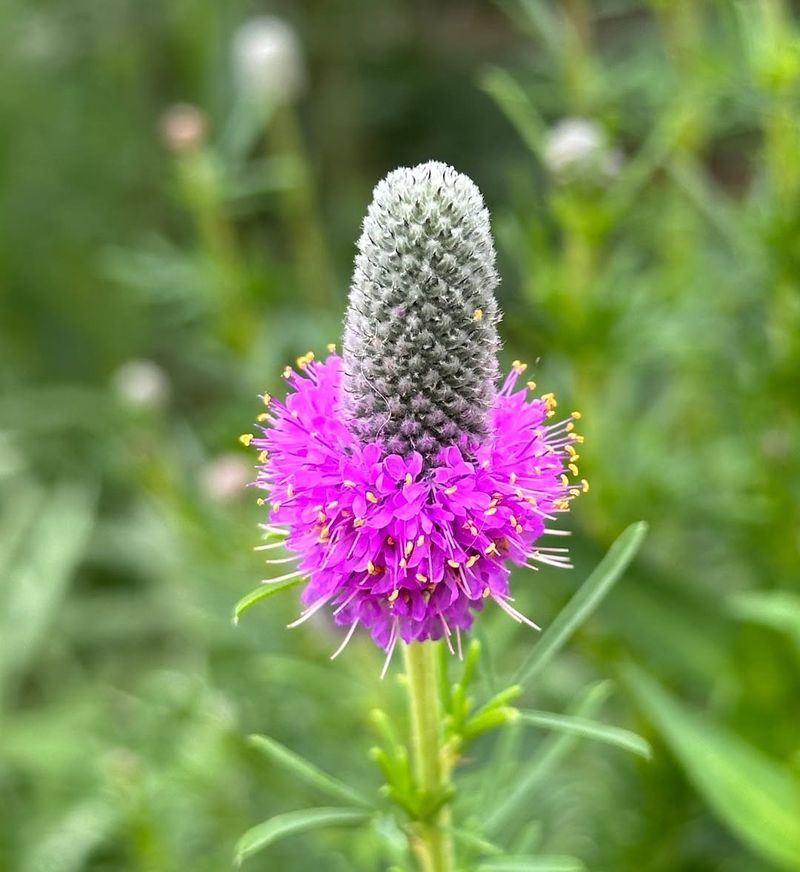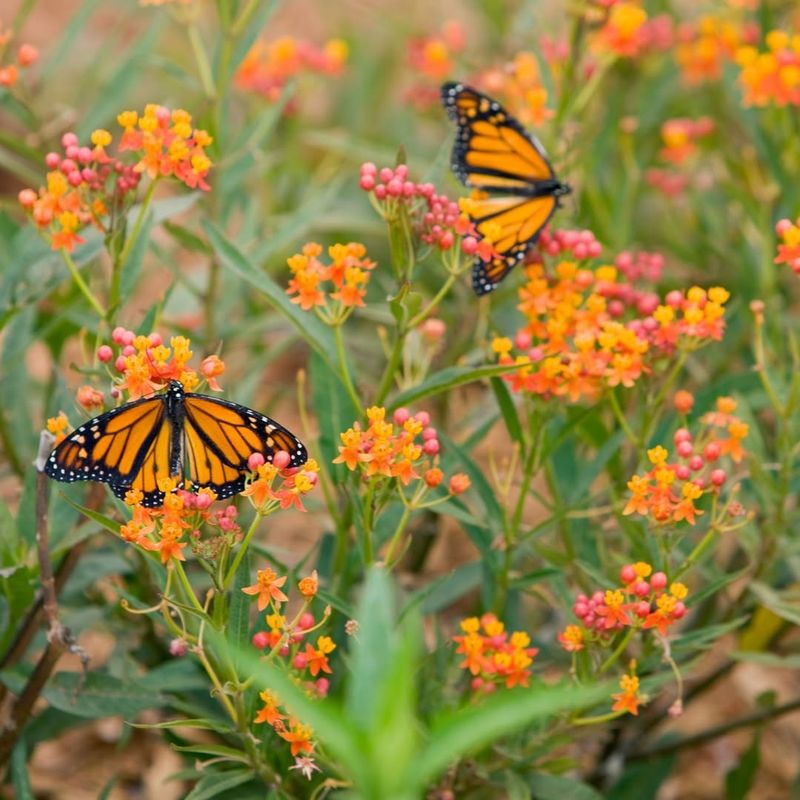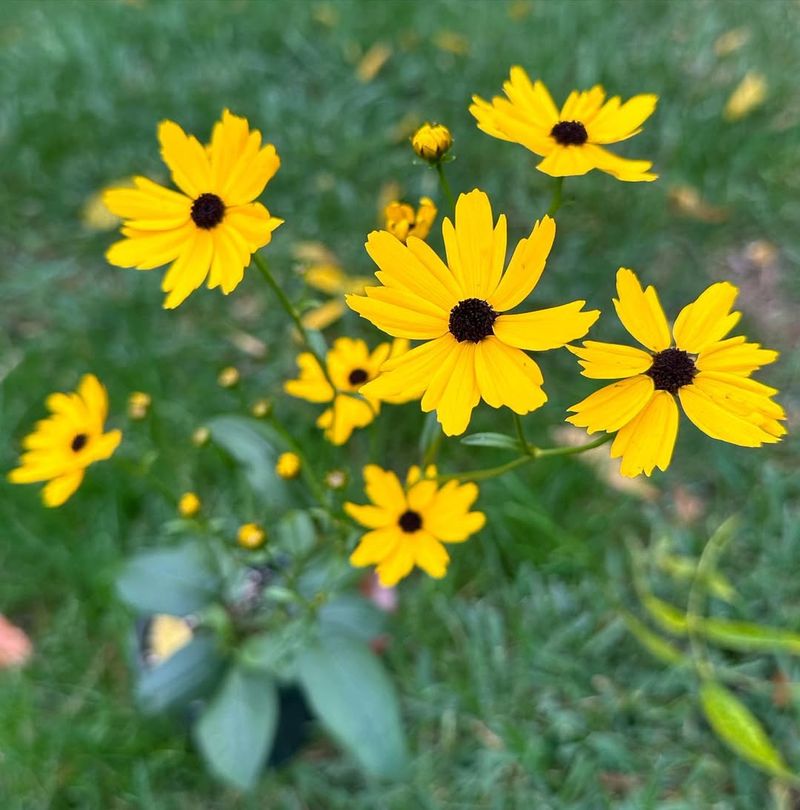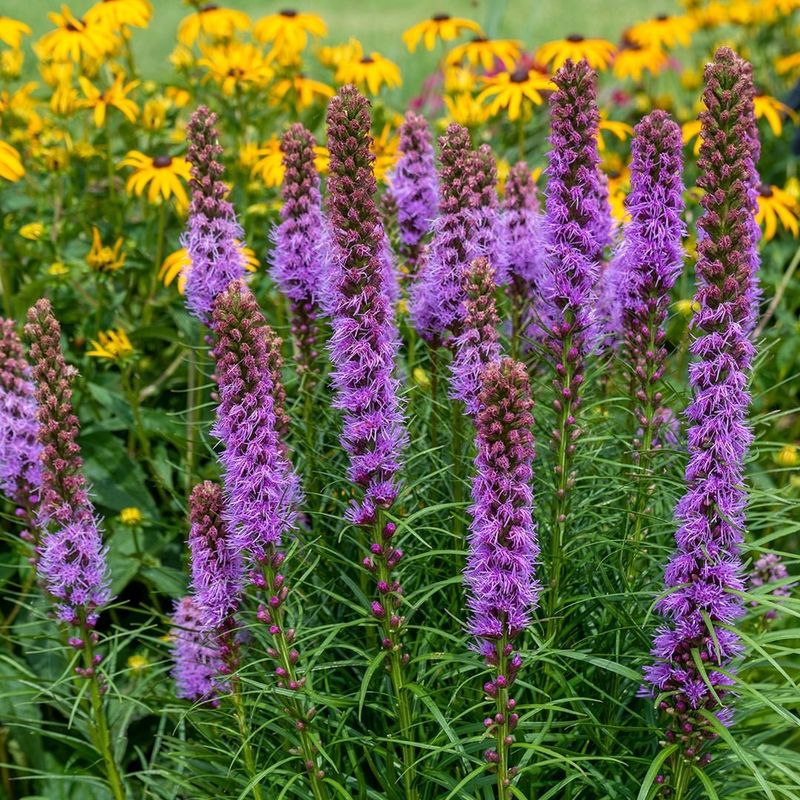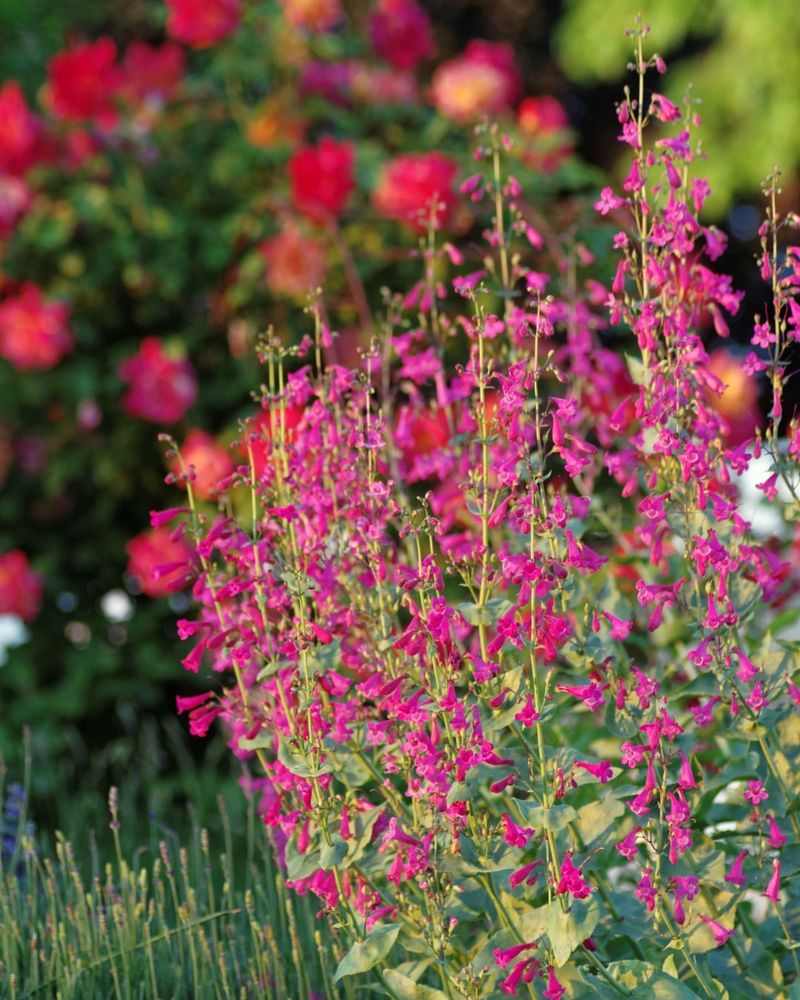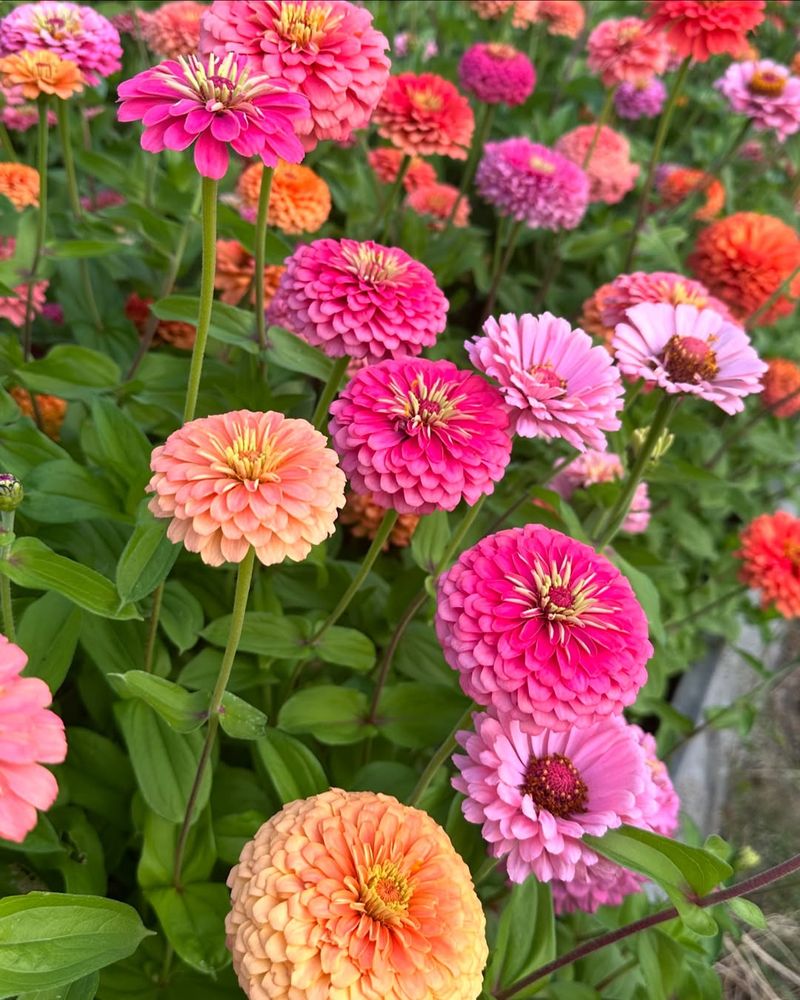Designing a breathtaking Midwest garden means choosing plants that can handle whatever Mother Nature throws their way. From sizzling summers to frosty winters, the right greenery will thrive through it all—bringing beauty, resilience, and effortless charm to your landscape.
Luckily, plenty of stunning plants are up to the challenge, adding vibrant color, texture, and life to any outdoor space. Whether you’re a seasoned gardener or just starting out, these powerhouse plants will turn your garden into a year-round masterpiece, no matter the weather.
1. Black-Eyed Susan
Standing tall and sunny, this perennial flaunts golden petals surrounding a dark brown center. The black-eyed Susan, known scientifically as Rudbeckia hirta, thrives in full sun and well-drained soil, making it a favorite in Midwest landscapes.
In addition to its vibrant appearance, it’s a low-maintenance plant that is drought-tolerant. It attracts butterflies and bees, aiding in pollination, which is excellent news for eco-friendly gardeners. Plant these beauties in clusters for a bold effect.
2. Purple Coneflower
With petals pointing downward like a sun’s rays, this flower is as unique as it is hardy. The purple coneflower, or Echinacea purpurea, is a staple in Midwest gardens, known for its striking appearance and medicinal properties.
It blooms from early summer to fall, providing long-lasting color. These perennials are not only beautiful but attract all sorts of pollinators, including butterflies and bees. They are drought-resistant and prefer a sunny spot with well-drained soil.
3. Hosta
This leafy wonder brings texture and variety with its broad, lush leaves. Hosta, a favorite among shade gardeners, thrives in low-light areas, providing an appealing greenery to any landscape. Known for their resilience, hostas are perfect for Midwest climates with their ability to withstand harsh winters.
While they rarely flower, the leaves’ varied patterns steal the show. These plants require minimal maintenance, needing just a bit of water and good soil to flourish. Plant hostas in groups to cover ground effectively and add depth to your garden.
4. Daylily
With a burst of color that lasts a single day, this plant is the epitome of beauty in brevity. Daylilies are renowned for their stunning, trumpet-shaped blooms that appear for just one day before making way for new flowers.
Daylilies thrive in a variety of soil conditions and are drought-resistant once established. Their vibrant colors attract pollinators, contributing to a lively ecosystem. Plant them in groups for a showy summer display that renews daily.
5. Tallgrass
Swaying gracefully in the breeze, this native grass brings height and movement to any landscape. Tallgrass, including species like big bluestem and switchgrass, is iconic in the Midwest for its ability to endure harsh conditions. These grasses thrive in a range of soils and are perfect for creating natural borders.
Their deep roots help prevent erosion, making them a practical choice for environmentally-conscious gardeners. Besides their ecological benefits, their rustling sound and golden hues add a sensory element to gardens. Ideal for those seeking low-maintenance landscape options.
6. Yarrow
Standing proud with clusters of tiny flowers, this plant is a feast for the eyes and the bees. Yarrow is known for its fern-like foliage and wide, flat flower clusters that come in colors from white to pink. It thrives in sunny spots with well-drained soil, making it ideal for Midwest gardens.
Apart from its beauty, yarrow is drought-tolerant and requires minimal care, making it a gardener’s ally in harsh seasons. Its flowers attract pollinators and can be used in floral arrangements.
7. Sedum
This succulent-like plant is a true survivor, thriving where others may falter. Sedum, with its fleshy leaves and star-shaped flowers, is a perfect candidate for rock gardens and borders. Its adaptability to poor soil conditions and drought makes it an easy choice for tough climates.
During late summer, it bursts into color, attracting butterflies and other pollinators. Minimal care is needed, as sedum is both hardy and low-maintenance. Plant it where you need a reliable ground cover with visual interest and watch it thrive.
8. Blue Fescue
A splash of blue among the greens, this ornamental grass is both beautiful and sturdy. Blue fescue is cherished for its fine, spiky foliage that adds texture and color contrast to landscapes.
Thriving in well-drained soil and full sun, it’s a reliable choice for Midwest gardens. This grass requires little maintenance and is drought-tolerant, making it perfect for xeriscaping. Its tidy, clump-forming habit allows it to be used as a border or focal point.
9. Switchgrass
Swaying elegantly with the wind, this grass is a staple of prairie landscapes. Switchgrass, a native species, brings height and texture to gardens while thriving in a variety of conditions. Known for its resilience, it can withstand drought and poor soil, making it ideal for harsh climates.
Its airy plumes add a soft, movement-filled element to gardens, while its deep roots help with soil stabilization. Plant switchgrass in groups for a natural look or as a screen. A perfect choice for the eco-conscious gardener aiming to replicate prairie surroundings.
10. Wild Indigo
With tall, graceful stems, this plant is a beacon of blue in the landscape. Wild indigo, known botanically as Baptisia, is celebrated for its beautiful, pea-like flowers and robust nature. It flourishes in well-drained medium and full sun, making it a fantastic choice for Midwest gardens.
This perennial is incredibly low-maintenance, resistant to pests and diseases, and drought-tolerant. Its silvery foliage and striking blooms create a stunning visual throughout the growing season.
11. Coral Bells
Adding a pop of color with its vibrant foliage, this plant is a garden favorite. Coral bells, or Heuchera, are known for their striking leaves that come in a range of colors from deep red to lime green. Thriving in partial shade, these perennials are ideal for adding contrast and interest to shady spots.
Beyond their aesthetic appeal, coral bells are resilient and easy to care for, withstanding cold and heat alike. Their delicate flower spikes attract pollinators, adding to their charm. Plant them in groups for a lush, colorful ground cover.
12. Culver’s Root
Towering with elegance, this plant adds vertical interest to any garden. Culver’s root, or Veronicastrum virginicum, boasts tall spikes of white flowers that sway beautifully with the wind. Flourishing in moist, well-drained soil and full sun to partial shade, it’s a versatile choice for Midwest landscapes.
Not only does it provide stunning blooms, but it also attracts butterflies and other pollinators. Its tall stature makes it perfect for the back of garden beds, adding height and drama. For those looking to create a dynamic and eco-friendly garden, this plant is a must-have.
13. Prairie Dropseed
With its fine, hair-like blades, this grass dances gracefully in the breeze. Prairie dropseed, a native ornamental grass, is celebrated for its elegant form and resilience. It basks in full sun and prefers well-drained soil, making it ideal for Midwest gardens.
This grass is low-maintenance, drought-tolerant, and provides year-round interest with its airy seed heads. Its clump-forming habit makes it perfect for borders or mass plantings. For gardeners seeking a blend of beauty and sustainability, this plant is an excellent choice.
14. Bee Balm
With its vibrant and frilly flowers, this plant is a magnet for pollinators. Bee balm, or Monarda, boasts bright blooms in shades of red, pink, and purple, making it a colorful addition to any garden. Needing full sun to partial shade, it’s perfect for attracting hummingbirds and bees.
This perennial is not only beautiful but also offers medicinal properties, with leaves that can be used in teas. Bee balm is easy to grow, requiring moderate watering and good drainage. Its showy flowers and aromatic foliage make it a garden favorite.
15. Russian Sage
With its aromatic foliage and spiky blooms, this plant introduces a touch of elegance to gardens. Russian sage, or Perovskia atriplicifolia, is known for its silvery leaves and lavender flowers. It’s perfect for adding height and texture to landscape designs, thriving in full sun and well-drained soil.
Russian sage is drought-tolerant and deer-resistant, making it a practical choice for harsh climates. Its lengthy blooming period provides color throughout the summer months. Ideal for those seeking low-maintenance beauty, this plant is a true garden gem.
16. Little Bluestem
Standing tall with slender stems, this grass is a staple of prairie landscapes. Little bluestem, a native grass, is known for its blue-green foliage that turns a stunning copper in the fall. Tolerating a variety of soil conditions, it’s perfect for harsh Midwest climates.
Little bluestem is low-maintenance and drought-tolerant, making it an eco-friendly choice for gardens. Its fluffy seed heads add texture and movement, creating a dynamic visual element. Ideal for those seeking a sustainable and beautiful landscape solution, this plant is a standout.
17. New England Aster
Bursting with color, this plant is a fall favorite in gardens. New England aster, known for its vibrant purple petals and yellow centers, provides a splash of color as the season changes. Thriving in full sun and well-drained soil, it’s ideal for adding late-season interest.
This perennial is not only beautiful but attracts a range of pollinators, including butterflies and bees. It’s easy to grow and requires minimal maintenance, making it a gardener’s ally. Grow it in groups for a dramatic effect that enlivens autumn landscapes.
18. Joe-Pye Weed
With towering stems and fluffy flower clusters, this plant makes a bold statement. Joe-Pye weed, Eupatorium purpureum, is celebrated for its large pink blooms that attract butterflies. Surviving in moist soil and full sun to partial shade, it’s perfect for creating striking meadow gardens.
Joe-pye weed is easy to care for, bringing height and drama to landscapes with minimal effort. Its late summer blooms provide much-needed color and nectar for pollinators.
19. Shasta Daisy
Embodying the classic daisy look, this plant is a cheerful addition to any garden. Shasta daisy, with its white petals and bright yellow centers, brightens up landscapes from early summer to fall. Thriving in full sun and well-drained soil, it’s a hardy choice for Midwest gardens.
This perennial is low-maintenance and drought-tolerant once established, making it perfect for busy gardeners. Its cheerful blooms attract butterflies, adding life and color to gardens. For those seeking a timeless and resilient flower, this plant is an excellent pick.
20. Goldenrod
Lighting up the landscape with its golden flowers, this plant is a late-season delight. Goldenrod, known for its tall stems and bright blooms, thrives in well-drained soil and full sun.
It’s a fantastic choice for adding color and texture to fall gardens. Goldenrod is drought-tolerant and attracts a wealth of pollinators, from bees to butterflies. Its ability to flourish with minimal care makes it a favorite for low-maintenance landscapes.
21. Wild Senna
With its tall, sturdy stems, this plant brings a touch of the tropics to Midwest gardens. Wild senna, or Senna hebecarpa, is celebrated for its bright yellow flowers and lush foliage. Adoring full sun and a range of soil types, it’s a versatile choice for harsh climates.
Wild senna is not just attractive but also beneficial, attracting pollinators and fixing nitrogen in the soil. It’s low-maintenance and resistant to pests, making it a gardener’s dream.
22. Purple Prairie Clover
With slender, vibrant spikes, this plant adds a splash of color to prairies. Purple prairie clover, Dalea purpurea, is celebrated for its stunning purple blooms and ability to thrive in harsh conditions. It prefers full sun and well-drained soil, making it ideal for Midwest gardens.
Ground cover like this clover is not only beautiful but also beneficial, fixing nitrogen in the soil and attracting pollinators. Its low-maintenance nature makes it perfect for busy gardeners. For those seeking both beauty and ecological benefits, this plant is a superb choice.
23. Butterfly Weed
With bright orange blooms that beckon to pollinators, this plant is a garden star. Butterfly weed, Asclepias tuberosa, is renowned for attracting butterflies, particularly monarchs. Preferring full sun and well-drained soil, it’s a vibrant addition to any landscape.
Butterfly weed is drought-tolerant and easy to grow, making it perfect for low-maintenance gardens. Its striking flowers provide a splash of color and nectar, supporting the local ecosystem. Plant it in groups for an eye-catching display that celebrates the beauty of nature.
24. Tickseed
Brightening up gardens with its cheerful blooms, this plant is a joy to behold. Tickseed, or Coreopsis, is celebrated for its daisy-like flowers in shades of yellow and gold. Thriving in full sun and well-drained soil, it’s a resilient choice for Midwest landscapes.
This perennial is low-maintenance and drought-tolerant, attracting butterflies and other pollinators. Its long blooming period ensures color throughout the summer months. For those seeking a sunny and easy-going plant, this choice is perfect.
25. Blazing Star
With its tall, majestic spikes, this plant is a standout in any garden. Blazing star, or Liatris spicata, is known for its dramatic purple blooms and slender green leaves. It’s ideal for adding height and color to landscapes as it loves full sun and well-drained soil-
Blazing star is drought-tolerant and attracts a variety of pollinators, including bees and butterflies. Its showy flowers provide a striking visual impact, enhancing the beauty of gardens. For those looking to create a pollinator-friendly and visually appealing garden, this plant is perfect.
26. Penstemon
Displaying tubular blooms, this plant is a feast for the eyes and for hummingbirds. Penstemon, or beardtongue, is celebrated for its vibrant flowers and adaptability. Thriving in full sun and well-drained soil, it’s a versatile choice for Midwest landscapes.
This perennial is drought-tolerant and easy to care for, making it perfect for low-maintenance gardens. Its colorful blooms attract pollinators, adding life and movement to gardens.
27. Zinnia
Bursting with vibrant color, this plant is a garden favorite. Zinnias are celebrated for their bold blooms that come in a variety of shapes and colors. They’re perfect for adding a splash of color to any landscape, flourishing in full sun and well-drained growing medium.
Zinnias are easy-to-grow annuals that attract a host of pollinators, from bees to butterflies. Their long-lasting blooms provide continuous color throughout the growing season.

